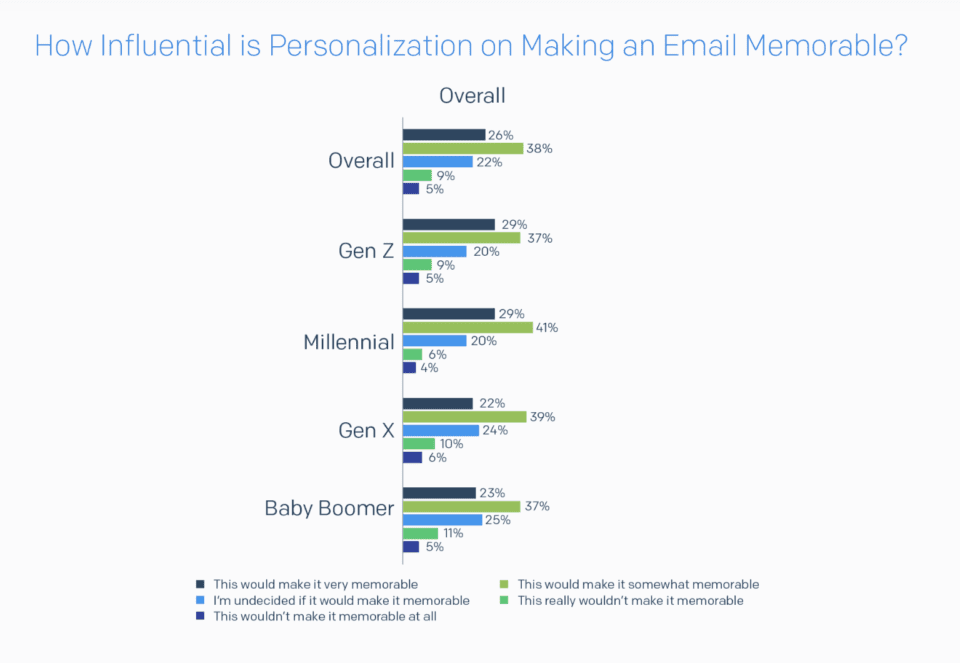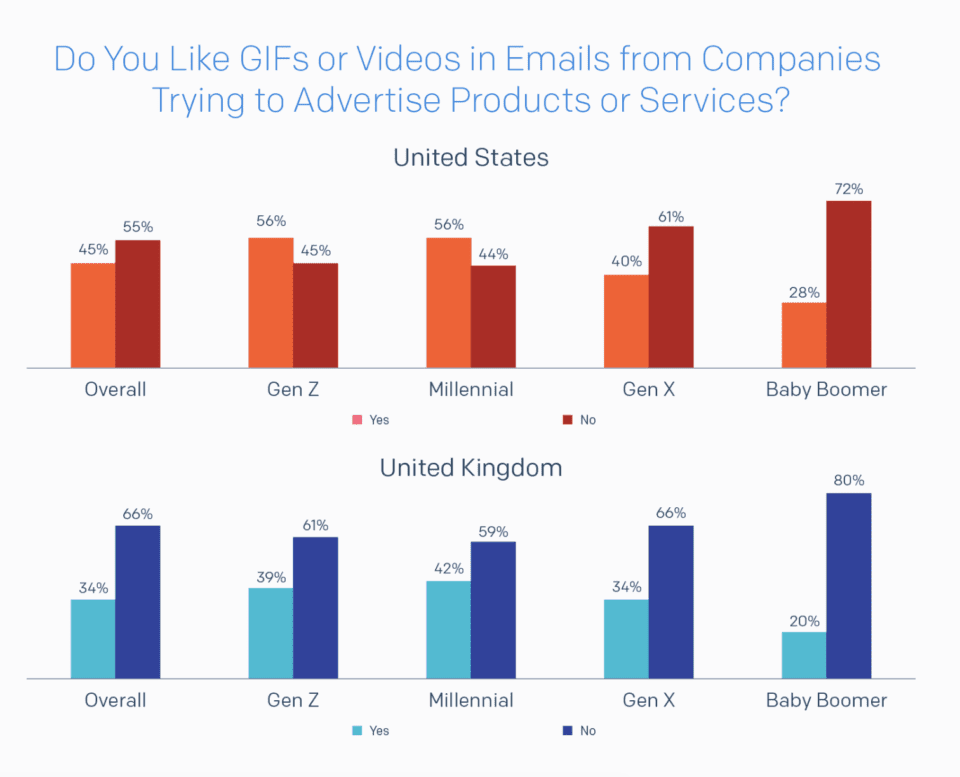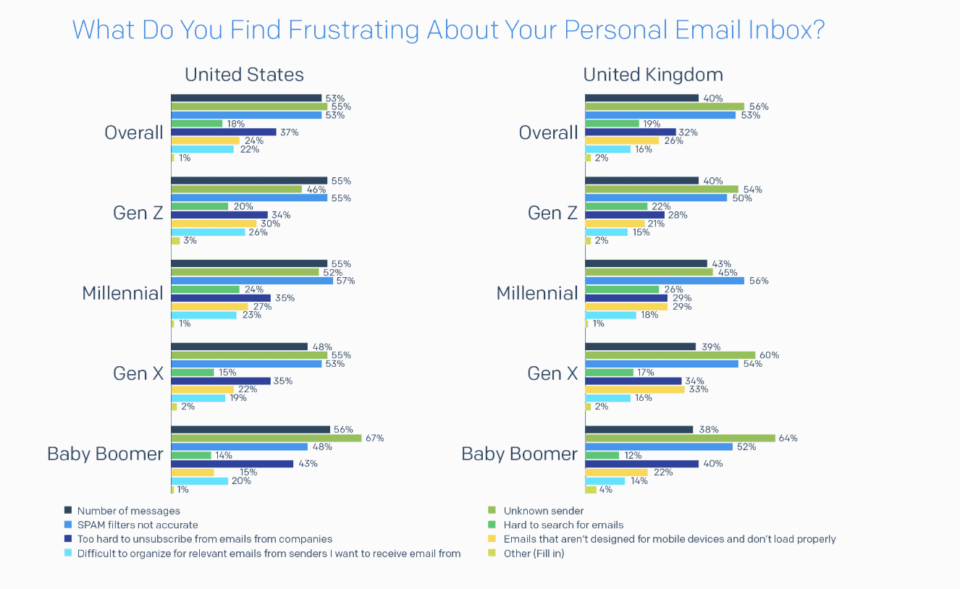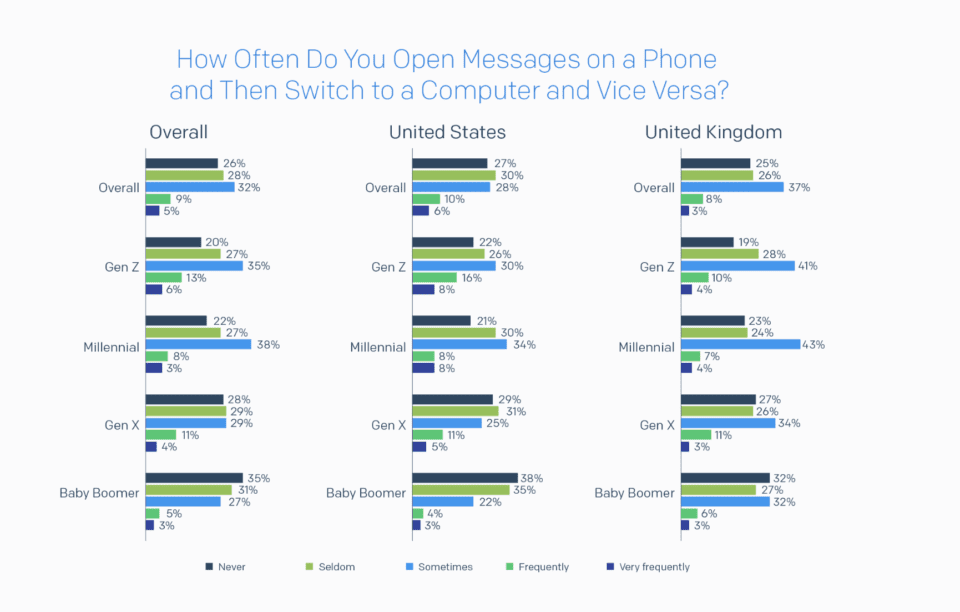Send With Confidence
Partner with the email service trusted by developers and marketers for time-savings, scalability, and delivery expertise.


Time to read: 5 minutes








 82% of Gen Z respondents open an email on their phone and then switch to a computer (or vice versa) and 47% do so frequently.
82% of Gen Z respondents open an email on their phone and then switch to a computer (or vice versa) and 47% do so frequently. 


Partner with the email service trusted by developers and marketers for time-savings, scalability, and delivery expertise.